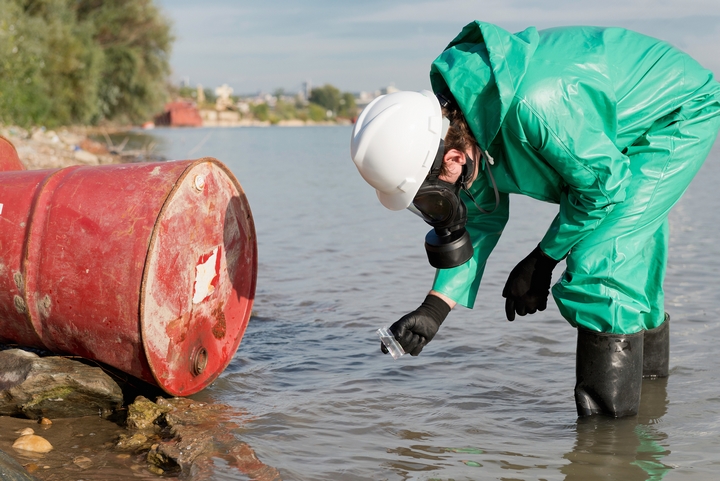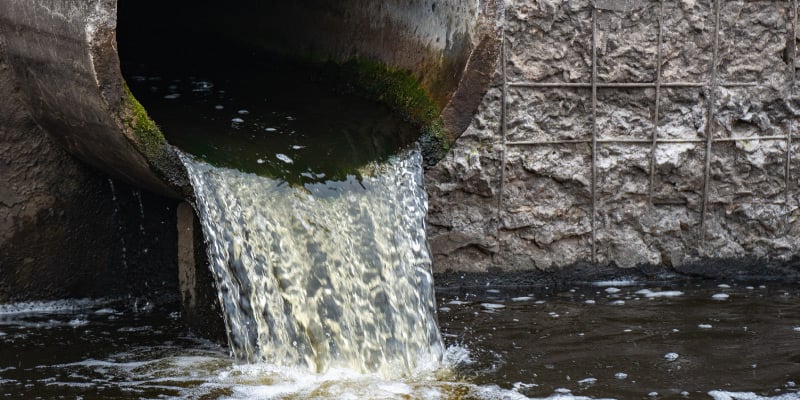Safe and Lasting Liquid Waste Disposal: Your Go-To Provider
Safe and Lasting Liquid Waste Disposal: Your Go-To Provider
Blog Article
How Liquid Garbage Disposal Works: A Detailed Review of Methods and Technologies Utilized

Summary of Liquid Waste Types
The complexity of fluid waste types necessitates a thorough understanding of their attributes and ramifications for disposal. Liquid waste can extensively be categorized into a number of types, consisting of commercial, metropolitan, farming, and contaminated materials. Each category shows unique properties, calling for specific management strategies to minimize ecological and wellness dangers.
Industrial fluid waste originates from manufacturing procedures and commonly consists of a variety of pollutants, such as heavy steels, solvents, and organic substances. Municipal fluid waste, mainly comprising wastewater from houses and industrial establishments, consists of raw material, nutrients, and microorganisms (industrial wastewater treatment). Agricultural fluid waste, consisting of overflow from farms, might consist of fertilizers, chemicals, and pet waste, posturing dangers to water top quality and ecosystems
Dangerous fluid waste is identified by its toxicity, sensitivity, or potential to trigger injury. Recognizing these diverse fluid waste types is vital for creating effective disposal techniques and making sure compliance with ecological laws.
Physical Treatment Techniques

Testing is the first action, where larger particles and debris are removed from the fluid waste using displays or grates. This procedure secures downstream devices from damage and ensures smoother procedure. Adhering to testing, sedimentation uses gravitational force to different solids from fluids. In sedimentation storage tanks, much heavier bits settle near the bottom, creating a sludge layer, while the cleared up liquid can be additional treated.
Purification is one more vital method that entails passing the liquid with permeable materials, such as sand or membrane layers, to catch smaller fragments. This action enhances the top quality of the liquid, making it ideal for subsequent therapy procedures.

Chemical Treatment Techniques
Chemical therapy methods are important for properly handling fluid waste, specifically in dealing with liquified and colloidal contaminants that physical approaches may not effectively eliminate. These techniques use numerous chemical agents to reduce the effects of, speed up, or transform unsafe compounds right into much less hazardous kinds.
One common technique is coagulation and flocculation, where chemicals such as alum or ferric chloride are included in advertise the gathering of suspended bits. This procedure improves sedimentation, enabling simpler removal of the resulting sludge. In addition, oxidation procedures, employing agents like chlorine or ozone, are used to break down complex natural substances and virus, providing the waste much safer for discharge or more therapy.
Neutralization is another crucial method, which readjusts the pH of acidic or alkaline waste streams to neutral degrees, avoiding possible damage to downstream systems and the environment. Moreover, advanced oxidation procedures (AOPs) make use of combinations of oxidants and ultraviolet light to degrade consistent toxins, attaining a greater degree of therapy performance.
Organic Therapy Processes
Biological treatment procedures play a vital duty in the monitoring of fluid waste by using microbes to break down raw material and reduce contaminant degrees. These procedures can be generally classified into anaerobic and cardio therapies, each utilizing particular microbial areas to attain efficient waste deterioration.
Aerobic treatment entails using oxygen to facilitate the failure of natural products by bacteria. This process is commonly executed in turned on sludge systems, where oygenation storage tanks provide a helpful setting for microbial development, causing the oxidation of organic pollutants. The resultant biomass can be divided from treated effluent via sedimentation.
On the other hand, anaerobic therapy happens in the lack of oxygen, counting on different microorganisms to break down raw material. This technique is particularly useful for high-strength waste, as it produces biogas, a renewable resource resource, while reducing sludge manufacturing. Technologies such as anaerobic digesters are regularly employed in metropolitan and industrial applications.
Both anaerobic and cardio organic therapies not just lessen the environmental effect of fluid waste yet additionally promote resource healing, making them essential components of lasting waste management methods. Their efficiency, efficiency, and adaptability sustain their widespread application throughout numerous sectors.
Arising Technologies in Disposal
Innovative methods to liquid garbage disposal are swiftly evolving, driven by improvements in technology and an enhancing focus on sustainability. Amongst these arising modern technologies, membrane layer bioreactors (MBRs) have actually gained grip for their capacity to incorporate biological treatment with membrane purification, leading to premium effluent that can be recycled in different applications. MBRs make it possible for smaller sized footprints and much more effective operations compared to conventional systems.
One more encouraging development is using anaerobic digestion combined with nutrient recovery technologies, which not just treats liquid waste but also generates biogas and recoups valuable nutrients like nitrogen and phosphorus. This twin benefit enhances resource performance and lowers ecological effect.
Furthermore, progressed oxidation processes (AOPs) are being embraced for the deterioration of complex natural pollutants. These methods utilize effective oxidants and drivers discover this info here to break down contaminants at the molecular degree, using a highly efficient solution for tough waste streams.
In addition, the combination of expert system and artificial intelligence in waste monitoring systems is enhancing operational effectiveness and about his predictive upkeep, resulting in reduced prices and enhanced ecological conformity. These innovations reflect a significant change towards even more efficient and sustainable fluid waste disposal techniques.
Final Thought
Finally, efficient liquid garbage disposal requires an extensive understanding of numerous techniques and modern technologies. The integration of physical, chemical, and organic therapy approaches guarantees the reliable management of varied waste kinds. Moreover, the development of cutting-edge technologies improves therapy efficacy and promotes sustainability in waste management techniques. By continuously advancing these techniques, it becomes possible to deal with the expanding challenges linked with fluid waste, ultimately adding to environmental management and resource recovery.
Fluid waste disposal is a critical aspect of environmental administration, calling for a comprehensive understanding of various techniques and technologies tailored to different waste types. Liquid waste can extensively be categorized into a number of types, including industrial, community, agricultural, and unsafe waste. Agricultural fluid waste, consisting of overflow from ranches, may consist of plant foods, pesticides, and animal waste, positioning dangers to water Full Report top quality and ecosystems.
Various physical therapy approaches play an essential duty in taking care of fluid waste properly - industrial wastewater treatment.In verdict, efficient liquid waste disposal necessitates a thorough understanding of various techniques and modern technologies
Report this page